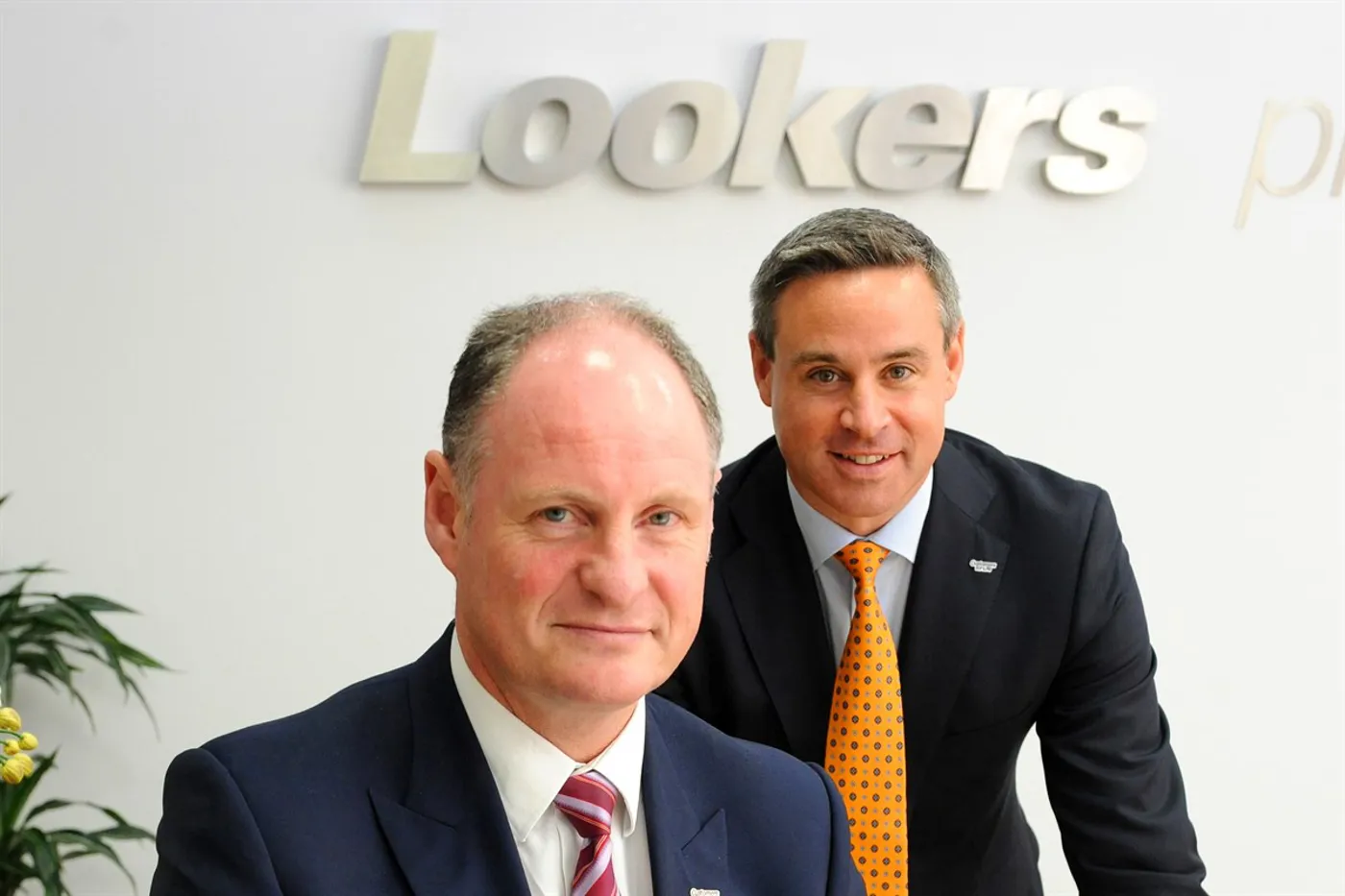The next couple of years is a crucial period for Lookers as it considers further acquisitions, prepares for a roll-out of a new website and looks to achieve an individual sale and service for each of its customers, while at the same time contemplating a much-changed retail landscape in the UK, acknowledging the radical changes in customer expectations. AM editor Jeremy Bennett speaks to chief executive Andy Bruce and managing director Nigel McMinn.
Jeremy Bennett: At what figure will the new car market end 2014?
Andy Bruce: The forecast is 2.45 million units, but it feels like it’ll be a little more than that. It would be good if it reached 2.5m, in a symbolic sign of success. There are a lot of harbingers of doom, saying it’s topped out, or that pre-registration activity is forcing the market or in some way the positivity isn’t real. But we think the market has got more growth in it.
FACTFILE |
|||
|
Organic growth and acquisitions have seen Lookers grow from selling bicycles at the start of the 20th century to one of the most successful plcs and largest dealer groups in the AM100. It has about 5,500 staff across more than 30 manufacturer franchises at more than 120 sites, as well as a leasing and parts wholesaling and distribution businesses. Financial performance is a strong point: as well as being in the AM100 top five by turnover, Lookers is third in profit before tax (£46 million in 2013), 14th in PBT per franchise (£419,000) and 13th for return on capital employed (18.7%). Return on sale is also at a high of 1.9% in 2013. Analysts conservatively estimate 2014 profits will be £61.5m following a statement from the group in October that it achieved record results in Q3 2014. Lookers’ £33.6m purchase of Colborne Garages in March 2014 was one of the year’s largest acquisitions. |
|||
If you accept that the average annual market in a normal environment is about 2.4m, there were about 2.5m cars not sold between 2008 and 2013. Provided the economic conditions are right, this pent-up demand should be released over time. So our working assumption is that provided there aren’t any economic shocks or anything unforeseen, the market will go beyond 2.4m, to 2.5m and even to 2.6m next year. It could go slightly beyond that, as the pent-up demand gets released.
JB: Andy, you’ve said previously your strategy is to operate a diverse business, a wide range of manufacturer partners across a wide geographical area, both of which help to reduce exposure anomalies or fluctuations in demand. But a diverse franchise portfolio means you’re quite exposed during the weak points in the product cycle for any manufacturer.
AB: It’s largely true. The broad geographical coverage is helpful. There are peaks and troughs in regional economies that are evened out by wide geographical presence.
In terms of brands, you will have seen an absolutely deliberate attempt to enrich the mix of premium brands and we have reduced our exposure to the French brands. We had 13 standalone Renault businesses and now we have six.
We don’t want to represent every single brand to the absolute maximum. We’re moving towards reducing low-volume, small-market-share brands.
JB: Looking at your acquisition strategy, you don’t appear to be buying underperforming businesses to turn them around.
AB: It depends what you’re trying to turn around. Our acquisition of Lomond was a good example of a business that by any financial measure was underperforming, but it had the potential to be really profitable.
However, we get offered a lot of businesses that are in secondary markets with relatively low market share franchises. So, if somebody came along and offered us Citroën in a smallish town like Morecambe or Lancaster, the turnover of that business is always going to be low and it wouldn’t appeal to us, unless it was allied to a larger market area.
JB: How centralised is the business operationally? You have a national business with scale, but do you endeavour to have regional focus to ensure you understand and exploit local markets effectively?
AB: We try to create the best of both worlds. Our aggregated turnover this year is going to be about £3 billion, so we’re in a strong position in terms of our buying power for energy, for finance, etc. and we take our scale and use it to buy well. But we run the business on a highly devolved basis in divisions.
We don’t have a homogenised, one-size-fits-all approach. We can’t forget the fact that we work in a franchised model. So, Mercedes-Benz has a way of doing things, which may be different to how Vauxhall does it. For us to try and overlay a Lookers’ approach would conflict with manufacturer culture, which is always going to dominate. We reflect what the manufacturer does. Head office is the bank.
JB: You’ve improved profits, paid off debt (Read 'Why is Lookers reducing its debt?'), made some strategic moves, got some good people on board, but what is the purpose of Lookers?
AB: The purpose of business is to make money and, in our case, deliver shareholder value. The more philosophical line is that we’re here to create employment and purpose and structure in people’s lives, to give them something to strive for.

















Login to comment
Comments
No comments have been made yet.